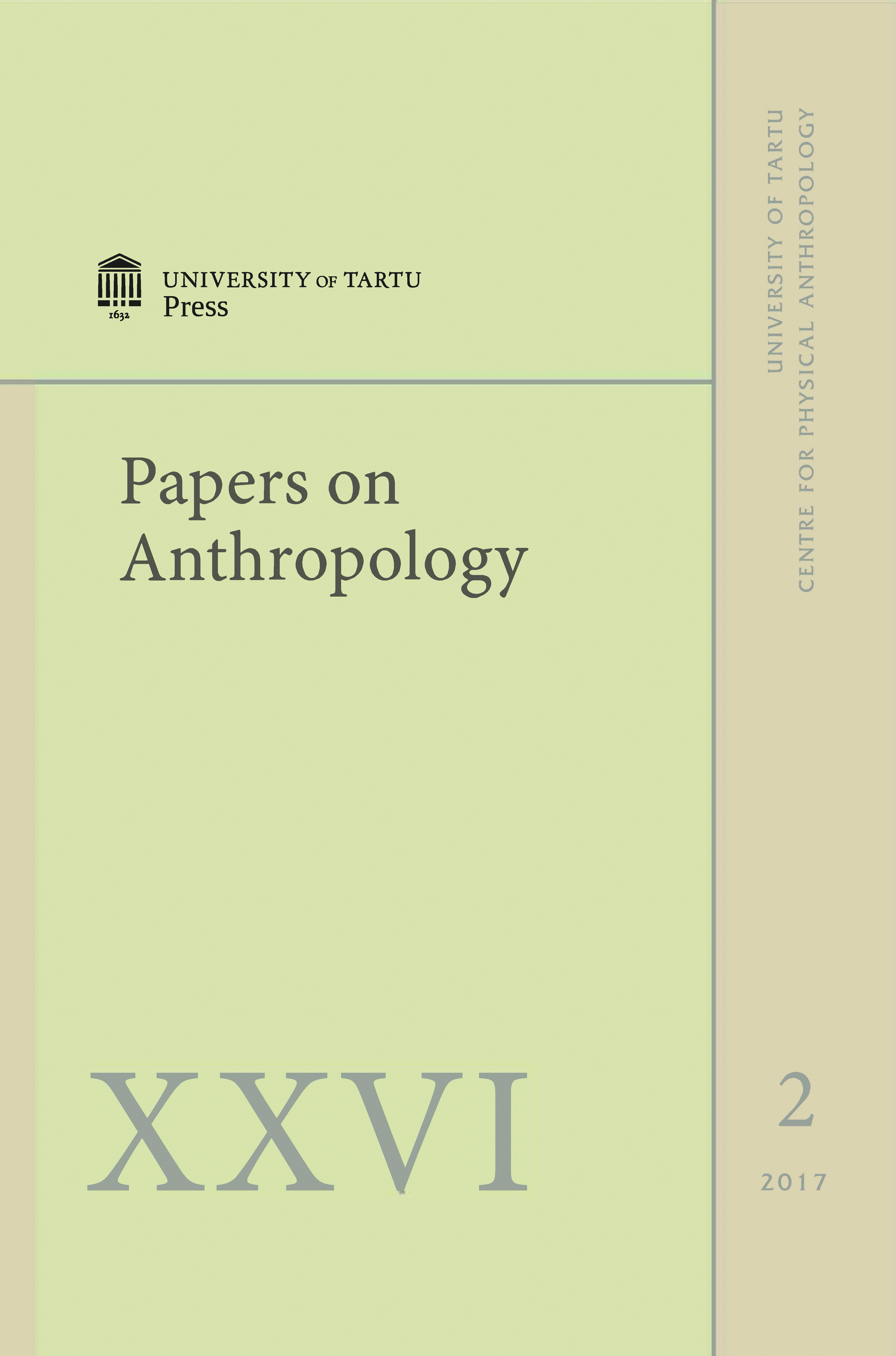Long-term complications evidenced studying the explanted Gore® HELEX® atrial septal defect occluder seven years after implantation: a case report
DOI:
https://doi.org/10.12697/poa.2017.26.2.11Keywords:
atrial septal defect, Gore® HELEX® septal occlude, matrix metalloproteinases, myocardiumAbstract
We present the results of the first morphological study of a Gore® HELEX® Septal Occluder 30 mm that was explanted seven years after interventional implantation due to a significant left-to-right shunt (7 mm) which resulted from the stretching of the concomitant patent foramen ovale by the occluder after atrial septal defect closure. Complete endothelialization of the surface of the device, the formation of the connective tissue around the implant, minor chronic inflammation, the appearance of foreign body giant cells and weakened myocardial cells adjacent to the implant as well as enhanced expression of matrix metalloproteinases were demonstrated.Downloads
Download data is not yet available.

